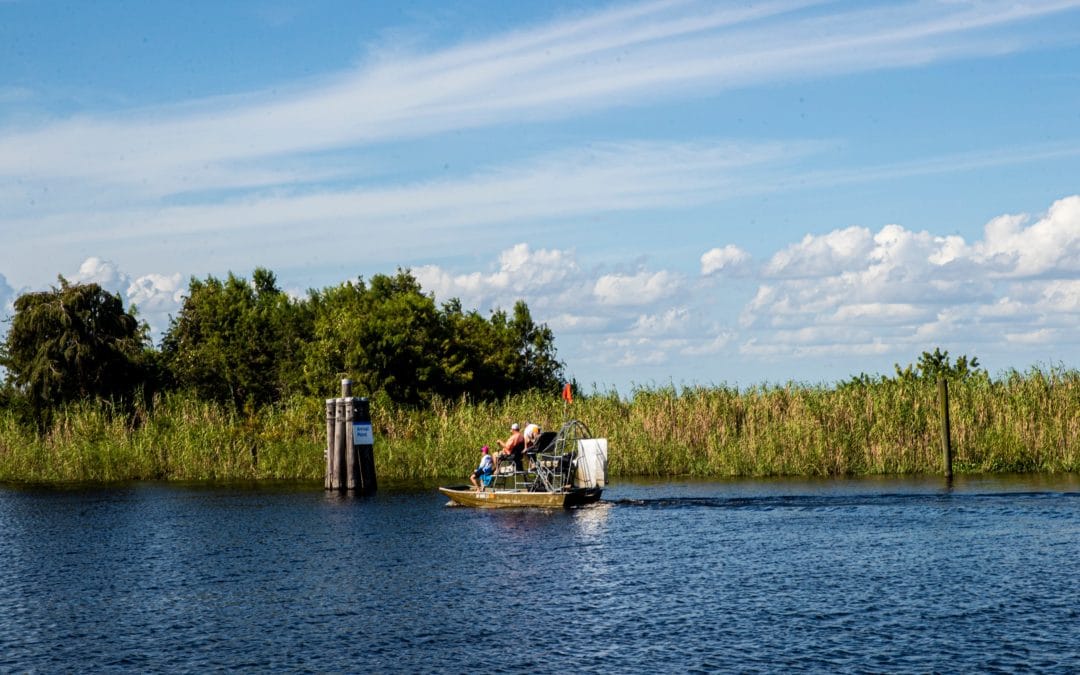A new plan to regulate Lake Okeechobee’s water levels and outflows is nearly complete.
It’s also a complete mess, or a good plan, or simply flawed, depending on who you talk to.
The Lake Okeechobee System Operating Manual, or LOSOM, now in the final stages of development, will govern the workings of the big lake and its two artificially attached rivers: the Caloosahatchee to the west and the St. Lucie to the east, while meting out irrigation supply to farms and the chronically thirsty Everglades to the south.
Despite calls for unity, the negotiations have sparked conflict: east versus west, politician versus politician, sugar industry versus environmentalists, with finger-pointing, mistrust and accusations flying. “Shared adversity,” the term used to describe an evenhanded distribution of the burden, is a matter of opinion getting little agreement.
To come up with the plan, which will be in place until at least 2030, the U.S. Army Corps of Engineers and planners input reams of weather statistics, what-if scenarios, possible human interventions and other data to create several models, which they refined further before arriving on one known as CC.
After shopping it around, and hearing dismay from many stakeholders, the agency has been refining it further and will release a final version later this month.
So as stakeholders watch and wait, passions are high.
As Calusa Waterkeeper John Cassani sees it, none of the stakeholders feel duly accommodated.
“Sugar and utilities – the domestic consumers of water – don’t appear to think that they’re getting what they need. I’m a stakeholder for fish and wildlife, existing legal users, and I’m here to say that fish and wildlife aren’t being equitably treated as a result of LOSOM, as I understand it,” and both coasts worry they’ll be treated unjustly as well, Cassani says.
“There are some telltale signs of people who, wittingly or unwittingly … may actually be working against their own best interests,” she said.

An August letter from Southwest Florida’s legislative delegation, written by state Rep. Spencer Roach of North Fort Myers and signed by Reps. David Borrero, Adam Botana, Mike Giallombardo, Lauren Melo, Jenna Persons-Mulicka and Bob Rommel and Sens. Ben Albritton, Kathleen Passidomo and Ray Rodrigues included some of the same notions that concern Mitchell.
“When you hear politicians, especially from Southwest Florida, talking about water supply – any time you hear the word water supply (or) somebody advocating for a higher lake so there’s more water supply, that’s not water supply for everybody, that’s for sugar,” she said. “Ninety-seven percent of the water in the lake is going to agriculture and of that, probably 98% of that’s going to irrigate sugar.”
Mitchell emphasizes she’s not trying to pick a fight with Ruane; she’s simply concerned he’s advancing strategies that don’t benefit natural system health. “I don’t know his heart, so I can’t say why he does what he does, but I can say some of what he is advocating is not what is going to be most helpful to the coasts and the Everglades.”
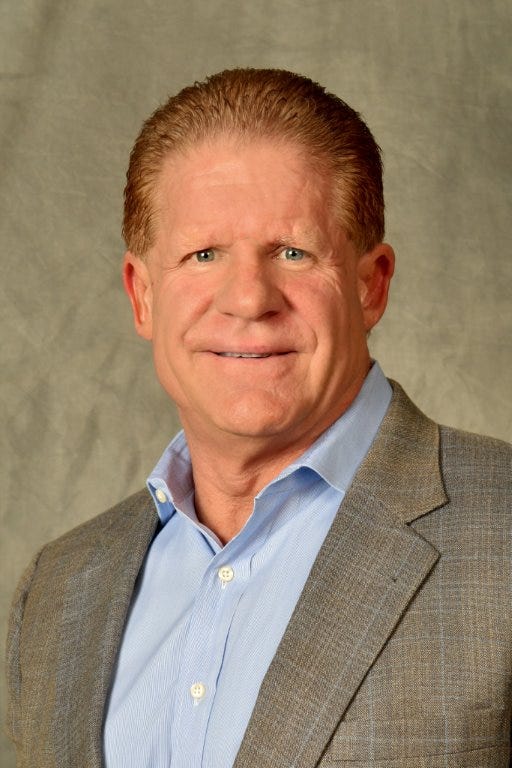
Since becoming Sanibel’s mayor in 2010, Ruane has led bipartisan efforts to change the water system. In 2017, he was awarded the Everglades Coalition’s James D. Webb Public Service Award for going “above and beyond the call of duty to advance Everglades restoration.” The folowing year, when his island city, where the Caloosahatchee meets the Gulf, was ground zero for a toxic crisis of both cyanobacteria and red tide, Ruane marshalled a brigade of Florida mayors, repeatedly traveled to Tallahassee and Washington DC to make his case.
Ruane and others have suggested that the South Florida Water Management District take over Lake Okeechobee management from the U.S. Army Corps of Engineers. The process would be more efficient and flexible, the theory goes, but that would likely take an act of Congress.
“Once the engineers say we’re 100% secure, I will strongly advocate that the (district) takes over managing it,” Ruane said. “It is insane to have two agencies pass the baton to each other: ‘OK, it’s dry season, the WMD runs it. OK it’s wet season, the Army Corps runs it.”
As written today, LOSOM sends too much lake water to the Caloosahatchee River during high rain events like tropical storms or hurricanes, critics say. Volumes coming down the Caloosahatchee River can blast freshwater 15 miles or more into the Gulf of Mexico, which can feed red tides, scientists say.
Cutting down on those high flows was one of the top goals for the Army Corps in its “optimization” stage of planning under Col. Andrew Kelly, who recently retired.
Army Corps Col. James Booth, who is based in Jacksonville and is in charge of lake levels, took over the position this month and said the Army Corps will not relinquish its authority over water control structures.
He said protecting lives and property around the lake is too important to hand over to the water district.
“Our authority was given by Congress to construct and operate the facility,” Booth said. (There’s) nothing seen in the future where we would release that authority just because of how important it is to maintain.
The lake irrigates farm fields, supplies some municipal drinking water and supports a sportfishing industry some fear will disappear if its levels are operated to favor coastal communities. The Corps discharges its polluted water when high lake levels threaten the earthen Herbert Hoover Dike and when the Caloosahatchee and its estuary need fresh water in dry periods.
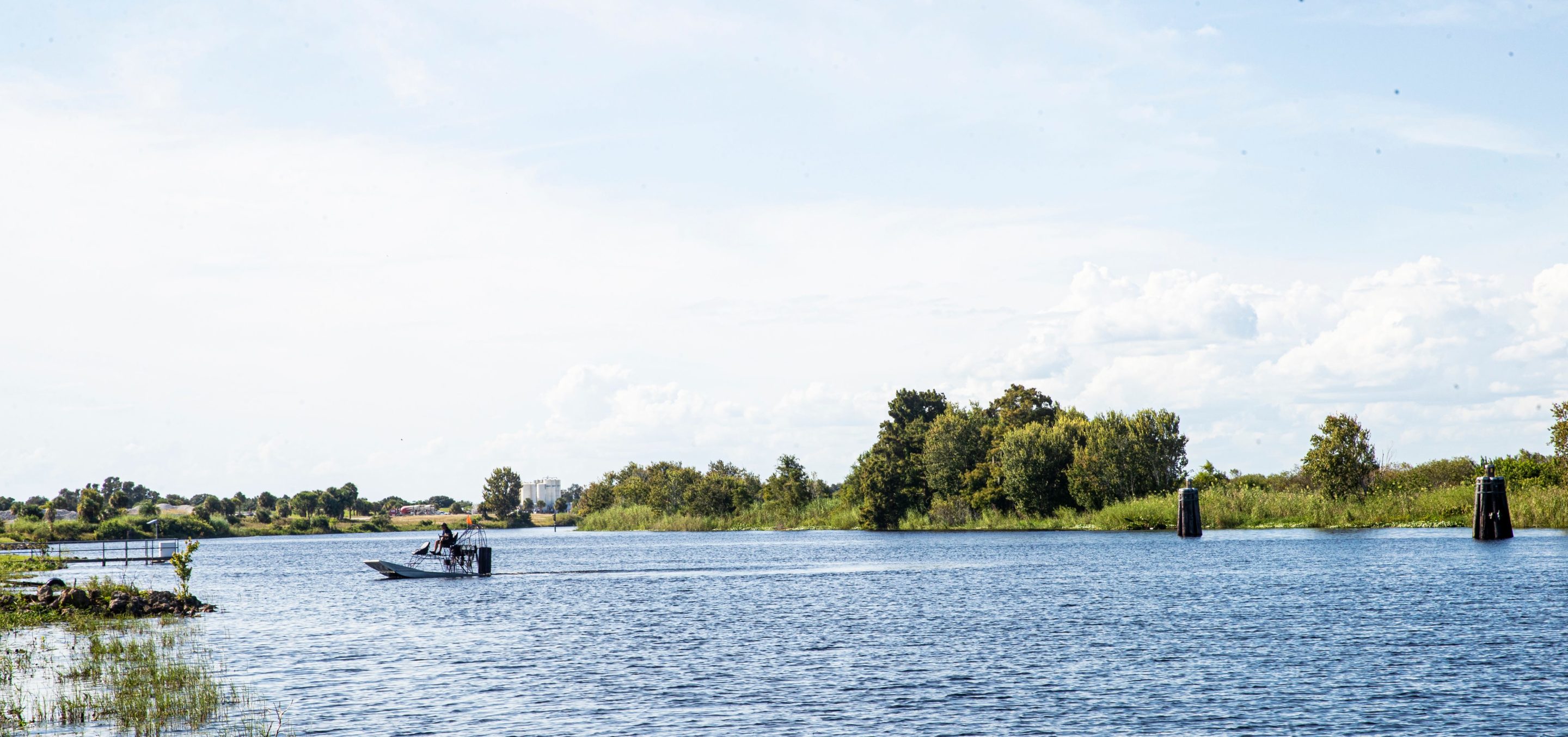
Weighing and Balancing
Starting with a series of public meetings in 2019, the Corps has “sought out and listened to public comments at every step of the process” and continues to do so, said Jim Yocum, a spokesman for its Jacksonville district, which works on Lake O issues.
As for how much consideration public input receives, in an era when organized email efforts make flooding inboxes easy, Yocum says quality matters.
“Greater numbers of the same comment sent through mass e-mail campaigns are not any more or less important than e-mails or letters sent from individual stakeholders,” he said. “Public comments are reviewed for their content and how they relate to what is going on in LOSOM at the time. We are working to develop a balanced operation schedule for Lake Okeechobee, and we find the most helpful public comments supporting that effort are ones that help answer questions raised in the project delivery team meetings or ones that provide potential solutions to issues we are currently addressing.”
Though public comments are still welcome, he says, “We are now working on operational guidance and focused on very specific questions. If members of the public want to help, we ask that they attend the public meetings, listen to the presentations, and provide input specific to the topics we are currently addressing.
“They can provide that input during the public comment period of the meeting or later via email.” Ryan Orgera, CEO of the nonprofit Sanibel-Captiva Conservation Foundation, sees the burden falling squarely on Southwest Florida: “In politics there are always winners and losers. In the LOSOM process there is an obvious loser, and that’s the west coast.”
We Broke the Natural System
Why is all of this so important?
The 3-year-old images are hard to forget: Thick green curds of algae clotted in backyard canals. Knots of death-twisted shorebirds flanked by curls of dead fish. Rusty waves lapping deserted shorelines.
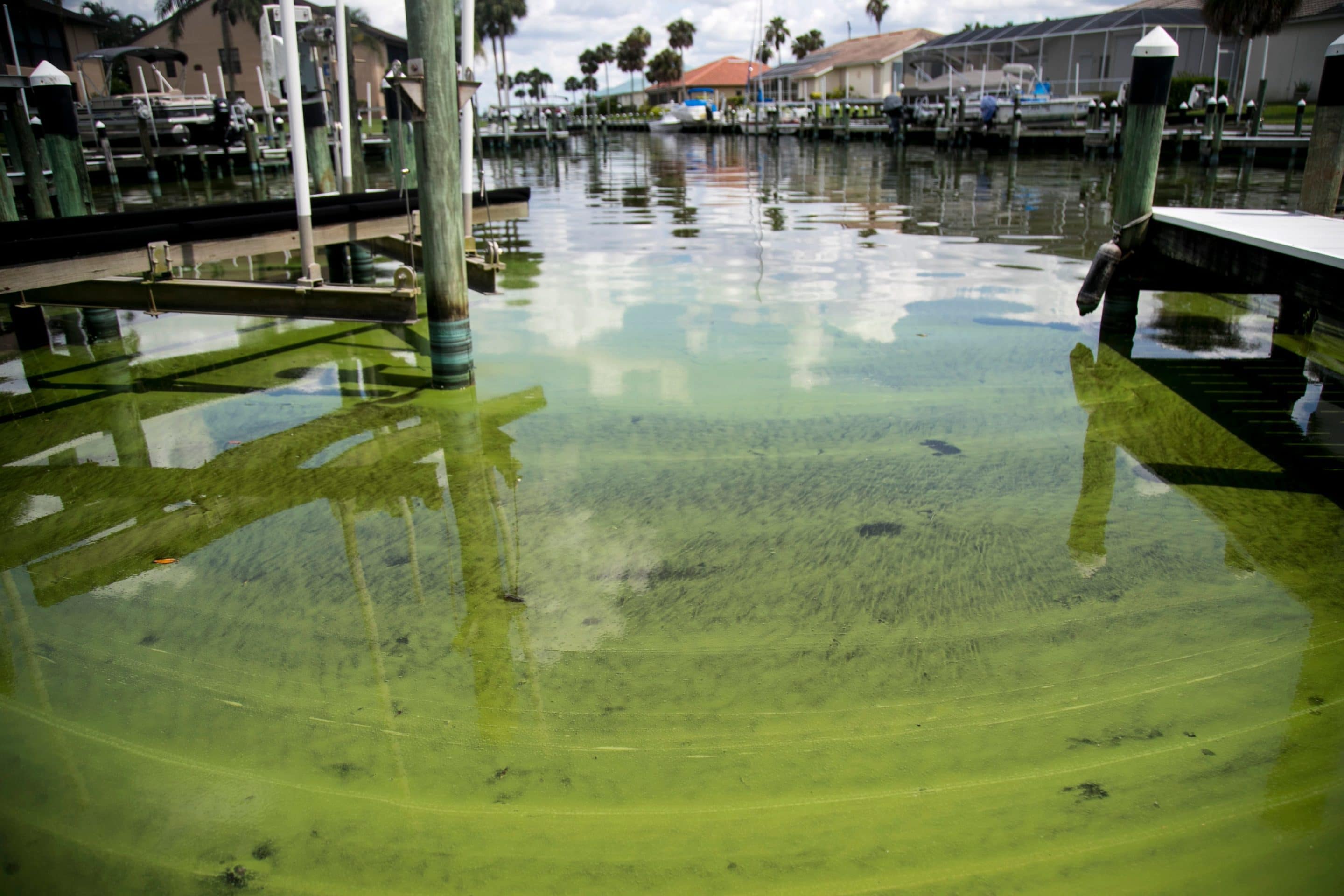
That calamity happened after water managers sent polluted water from Lake Okeechobee downstream to Florida’s east and west coasts. It’s why citizens, nonprofits, businesses and politicians have been scrutinizing every detail of the new water management plan for the lake and demanding revisions.
The city of Okeechobee draws about 2.5 million gallons daily from the lake for its drinking water and Palm Beach and West Palm Beach can use it as backup water supply as well. Directly or indirectly, those releases and the resulting water quality stand to affect the lives of about 1.2 million citizens in Lee and Collier counties and at least another 1.6 million on the east coast.
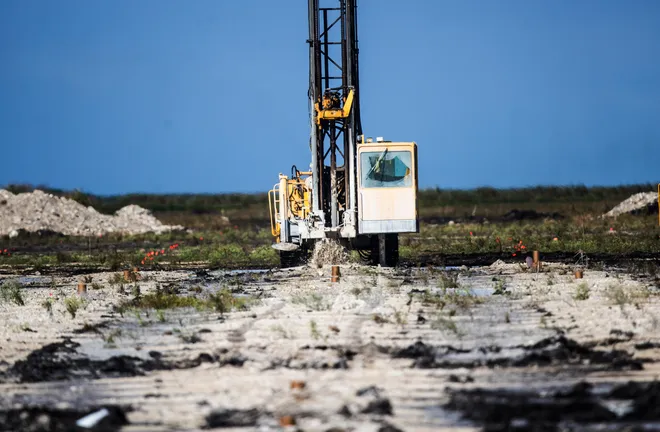
As recently as the 1960s, there were only some 50,000 acres of cane grown in an area that now spans more than 500,000 acres, Mitchell says. “And they want all that water, so that means the Everglades are starved of freshwater and the coasts are pummeled.”
LOSOM is, therefore, a critical tool Mitchell says. “We can use to help mitigate the damage this broken system is doing,” until the Everglades are restored.
Bought-and-Paid-For Politicians and Corrupt Special Interest Groups’
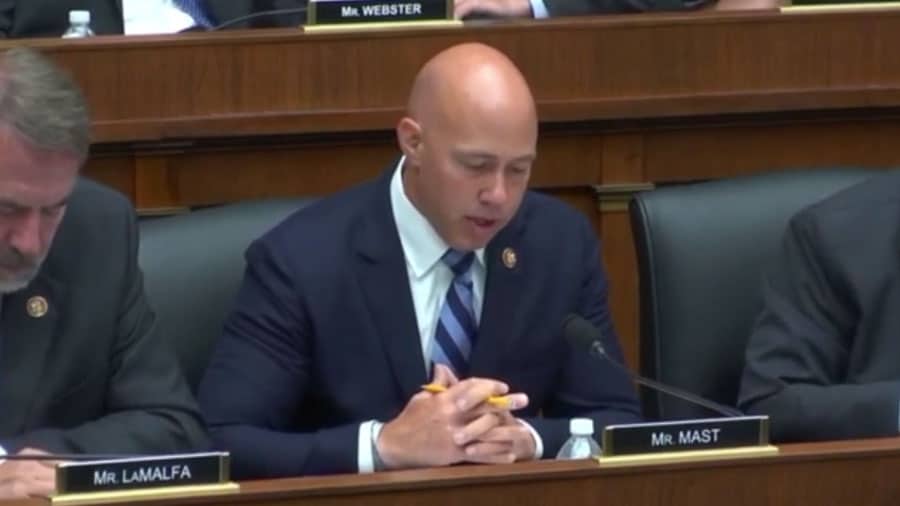
Orgera of the Sanibel-Captiva conservation group agrees: “Sugar and agriculture in general occupies a space in our politics that is much larger than its actual contribution to our state’s economy. Why should a crop, bolstered only by our federal tax dollars, be able to determine the ecological and economic vitality of Southwest Florida?” he asks.
Orgera says it’s hard to overstate the power of the sugar industry, which he calls “an industrial complex so large and powerful it resembles Chevron more than a farm stand.”
It’s an industry that wants the east coast to fight the west, he says. “When there is chaos it is easier for them to use sleight of hand. Like when my mom told me eating too much sugar made me hyper – injecting sugar in the middle of our politics makes everyone spin like a dervish… As long as sugar chooses winners and losers we can expect our beaches, seagrasses, and wallets to hurt on the west coast.”
Throughout the process, there’s been plenty of anger to go around.
As the Corps worked through the planning process, it hosted a series of sometimes-heated regional meetings while welcoming letters and emails as it’s run models and defined and refined how lake operations should look.
“What issues are important to you?” then Lt. Col. Jennifer Reynolds, deputy commander for South Florida asked a standing-room-only Lee County crowd in 2019. “How would you measure success? What solutions would you like us to consider?”
The answers to those questions spawned social media hashtags – #gladeslivesmatter, #stopredtide –along with email campaigns and heated lobbying that continues to this day.
At a 2019 meeting in Clewiston, its then-mayor Mali Gardner stood before Corps officials. “Don’t damn us,” she said. “Address the water balance, along with stabilizing our beloved Lake Okeechobee, the very heartbeat of the Everglades.”
At the same meeting, former Hendry County commissioner Janet Taylor, a founder of Glades Lives Matter, blamed “coastal elites” who discriminate against those who live around the lake. Some, she said, “want to take our lands, flood the fields … blow up the dike and let the water flow the way it used to. Now they want to take our water.”
Others, like Mast, fear agriculture will be the stick in the spokes of natural system and human health. “Their apparent goal is to send more water to the estuaries in order to secure even greater benefits for the sugar farms in the EAA (the roughly 700,000-acre Everglades Agricultural Area)” Mast said in a statement. “We need to stick together to protect Florida’s public health and send as much fresh water south into the Everglades as possible.”
A Balanced Approach
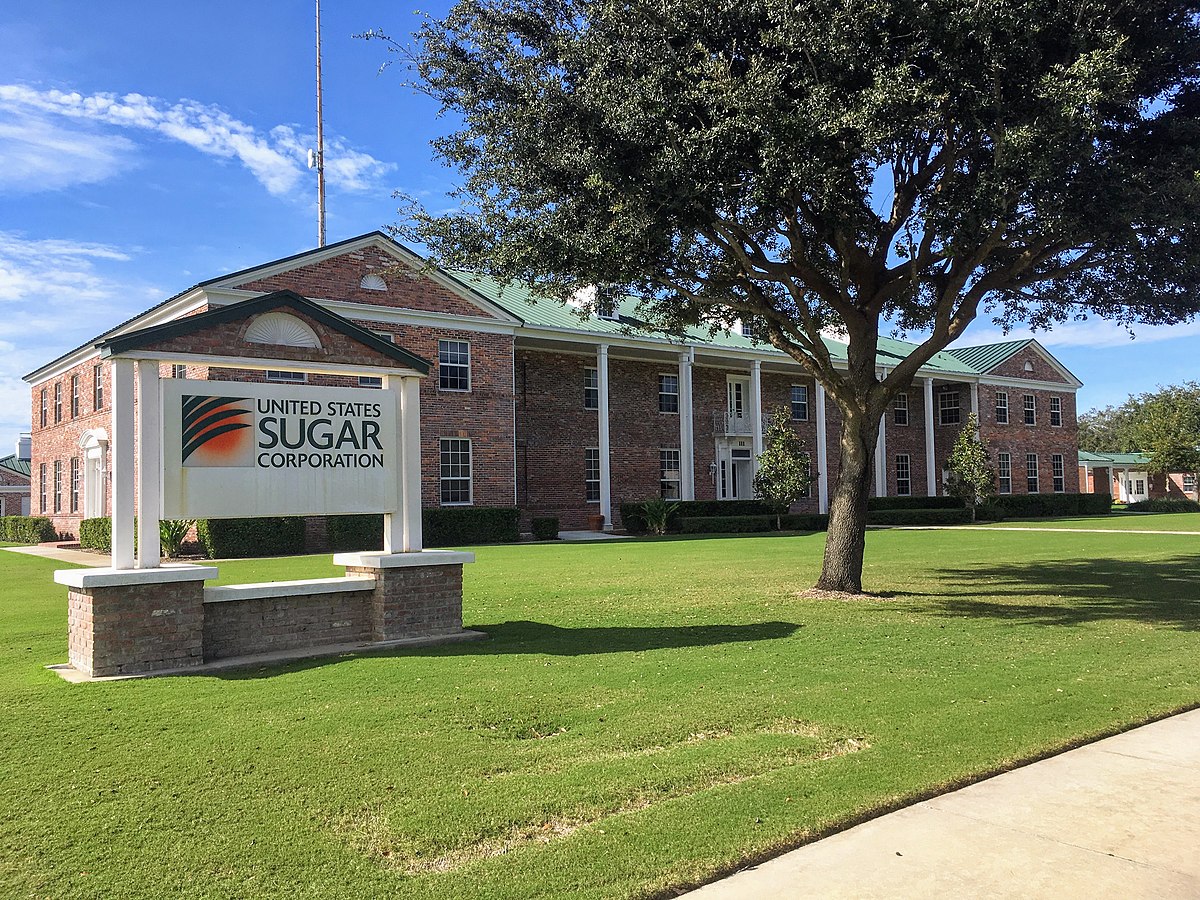
“Despite the theatrics you quote, the facts remain the reason that the Corps is having to optimize Colonel Kelly’s Plan (CC) is that it was worse than most of the alternatives for every single part of the system except for Mast’s constituents.”
And, she points out, for famers, water supply is critically important. “We are not watering widgets, we are watering food crops: sugarcane, sweet corn, green beans, citrus, lettuce, broccoli, cauliflower, rice, kale and much more. Food for families. Our families and yours.”
Agribusiness influence remains a hot topic. At a recent town hall hosted by U.S. Rep. Byron Donalds of Naples, a questioner asked, “Does Rep. Donalds really think that he can be trusted on delivering clean water for Southwest Florida when he’s taken hundreds of thousands of dollars from Big Sugar and Big Oil money interests. Isn’t this blatant corruption?”
Donalds’ answer: “The number’s not hundreds of thousands of dollars (but) I have taken contributions from a lot of sugar farmers. What people need to know is that when I was in the state Legislature, I represented the city of Clewiston. There’s a lot of sugarcane in the city of Clewiston and also Hendry County, which was my state legislative district, so I do have relationships with the farming community south of Lake Okeechobee.”
As past president of the Florida League of Mayors, Ruane points out he also developed strong relationships with lake-side farming community leaders. Unlike Donalds, however, Ruane has taken no contributions from sugar farmers, confirmed by a News-Press inspection of his political action committee’s financial records.
Donalds said balance is his goal. “With the Army Corps … my conversations were very simple. We wanted to make sure we had a balanced system for all of southern Florida,“ Donalds said. “It has to be a balanced approach because that’s the only thing that’s going to make sure that the water is clean and healthy enough for all the constituencies … If you ignore the health of the lake to try to just look at whatever the parochial interests are, it’s not going to be in the best interest of Southwest Florida, it’s not going to be in the interest of the lake itself and it’s not going to be in the interest of all of us in the state of Florida.”

This isn’t Personal … I’m Protecting my Community
Supporting common interests is all well and good, but Ruane has made it clear he’s not sacrificing his coast to preserve the east’s water quality. If Mast has been a bulldog for the east coast, Ruane intends to be the counterweight kingpin for the west, he says.
“I’m prepared to go to the mat on LOSOM,” he said. “Brian (Mast) and I used to get along, but this is my community, the west coast and I’ve attacked Brian in my op-eds. I said ‘Brian, this isn’t personal. You’re advocating for your community with no water (from the lake) – well, why do I have to get your water Brian?’ He called me up and asked me, ‘Why are you mad at me, dude?’” Ruane recalled. “Brian, I’m not mad at you – I’m protecting my community, which you’re doing, are you not? … My intensity on this issue has never changed an iota.”
Does Ruane’s litigation threats sour relations with the Corps?
Probably not, says Corps spokesman Yocum.
“Obviously, we can’t discuss things that are under litigation with the parties involved, but we don’t discuss the litigation with anyone else either as a general policy,” he wrote in an email. “In a nutshell, we have committed to working with stakeholders and partners on our projects, and litigation doesn’t change that commitment.”
Ruane’s talk of lawsuits has piqued interests across the state.
Eve Samples, Friends of the Everglades’ executive director, said both coasts would benefit by sending more water south, and that concerns about court battles may be a little premature since LOSOM has not received final authorization in 2022.

So Many Solutions
Acting Miami City Commission Chair Ken Russell hopes politicians and nonprofits can overcome seemingly competing interests to stay focused on the bigger picture, while urging the Corps to an equitable solution.
“There are so many solutions out there, and part of the problem is we can’t get along on things we agree on. Because the end goal is the same,” said Russell, an Everglades Trust board member.
“There are so many groups that have mutual interests around the lake and the Everglades,” he said. “The commonalities between us far outweigh the differences and there’s no reason we shouldn’t be able to find what we need to get done, which is maximum southerly flow, minimum discharges and minimal nutrients in the estuaries.
“At the end of the day, both the Everglades Trust and the Lee County Commission would agree on that, so it’s my hope … the various groups working towards Everglades restoration and a proper flow of the lake can unify rather than get wedged by different interests.”
Weigh in on LOSOM
The U.S. Army Corps of Engineers continues to seek public comments on the Lake Okeechobee System Operating Manual in its meetings and by e-mail at [email protected].
View Article on News-Press.com

























